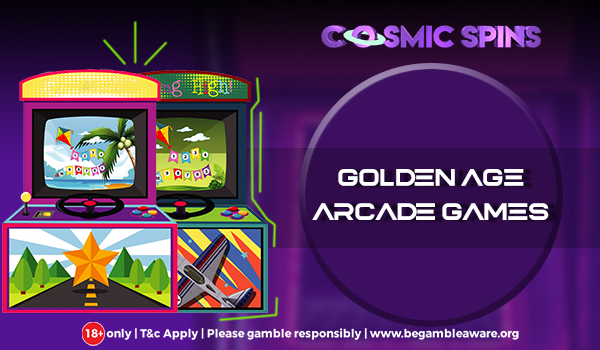Bootlegs, Lawsuits & Litigation in the Golden Age of Arcade Games

It won’t be wrong to say that software piracy and video games are closely associated, but not just in the PC and console market. Since the early 1970s, gaming companies have struggled with the countless number of arcade games counterfeits out there.
At the beginning when the video games industry was still in its infancy, copyright laws offered little protection against bits and bytes due to various reasons. By the time any legal game development made it to the court, the offending companies that copied arcade games were often closed down. Also, court judges at that time didn’t really understand the role that copyright laws played on electronic and digital platforms.
Atari Sets Up a Nationwide Advertising Campaign
It was a challenge for all the major game development companies to fight against the illegal companies that operated in the multi-million-dollar arcade gaming market. However, Atari tried very hard to stop the piracy of their video games. In 1981, Atari fielded a nationwide advertising campaign warning that they will aggressively enforce all video games copyrights and trademarks against any infringers.
Being the largest arcade games producer of the 1970s, Atari took plenty of effort to stay one step ahead of pirates within the code itself. In an internal memo dated July 17 1980, the creator of Asteroids, Ed Logg, described a number of potential solutions to the issue of cloning of major arcade titles by Atari.
Some of the ideas included:
-
Use of POKEY or some other ATARI custom chip.
-
Use of ATARI part numbers on standard chips.
-
Displaying the copyright notice on all devices.
-
Development of a code that checked whether the copyright message is being displayed. If not, the game would shut down.
“With the increasing number of companies across the globe copying our games, it is apparent that we should take some effort to prevent this,” said Logg. “In addition, Atari must also consider that these checks don’t backfire on us.”
It’s obvious that these coding practices designed to stop the copying of games would have a negative impact on the gameplay if they were not implemented correctly.
Atari Vs Meteors
A game called Meteors was on display at the AMOA video game trade show in 1981. It was created by a group of five men along with the CEO of the company, Stephen Holniker. The group intended to find a manufacturer to license its game for distribution. However, no one was interested in their game as it was a striking resemblance of Atari’s Asteroids. Many manufacturers gave a wide berth to Meteors as they foresaw legal problems coming down the line.
But the game caught the attention of Atari itself. At the US District Court in Maryland, Atari filed a suit against the creator of Meteors, Amusement World Inc. In it, Atari noted that on March 13, 1981, they first became aware that Meteors was quite similar to Asteroids.
There were indeed obvious similarities in the gameplay. Both the games depicted two cardinals in profile, a male and a female perched one above the other on apple trees branches in blossom. But the court found that there were dissimilarities in the painting, colour, body attitude, position of the birds and linear effect. Other variances were found in the plumage of the birds, the foliage, and the general composition of the work.
The court eventually ruled that it was impossible to copyright a genre of games and copyright protection did not extend to the underlying idea behind the video game. As a result, Amusement World was free to develop a game based on the idea of Asteroids but was not allowed to copy the game.
Atari Vs Super Missile Attack
Atari again filed a case against Super Missile Attack, a game developed by a handful of MIT dropouts. The students effectively decompiled Atari’s Missile Command code and used it to develop a new game. It was sold as a $295 add-on that operators could buy as a PCB board.
Atari noted that the game violated many of its copyrights and it was confusing for players as they didn’t know whether they played the original Atari game. Keeping this in mind, the MIT students made an intelligent move and counter-sued in their home state of Massachusetts. As all the defendants were in their early 20s, they thought that they had nothing to lose and made several counter-claims in the court.
Seeing that it was impossible to stop the students, Atari offered full-time employment to develop games if they immediately ceased the sales of Super Missile Attack. Thus, the case came to a halt, with both parties happy.
Summary
Name: Bootlegs, Lawsuits & Litigation in the Golden Age of Arcade GamesAuthor: Cosmic Casino
Published Date: 07 Dec 2019

